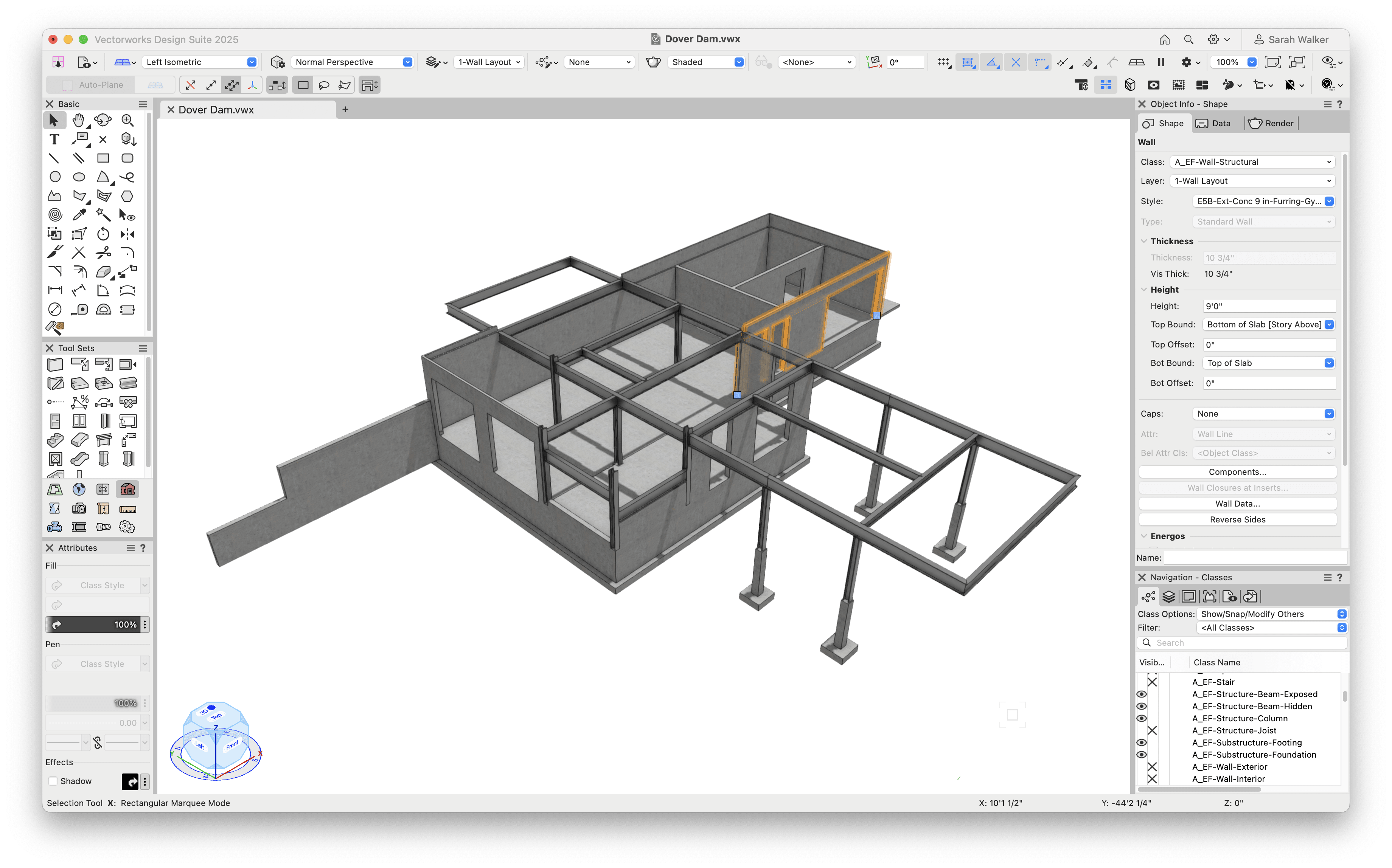
Concrete is the most consumed material on Earth after water. It shapes our cities, infrastructure, and homes, but at a significant environmental cost.
Is Concrete Sustainable?
Concrete production is responsible for over 7% of annual global anthropogenic CO₂ emissions. Most of these emissions — about 90% — come from Portland cement, the binding agent that gives concrete its strength. Reducing concrete’s carbon footprint is critical in the fight against climate change. Fortunately, there are strategies to achieve this, from supplementing or replacing Portland cement to rethinking how we design and use concrete in construction for more sustainable outcomes.
Why Portland Cement Is the Problem
Portland cement is the key ingredient in concrete, but its production is highly carbon intensive. The emissions come from two main sources. First, burning fossil fuels is necessary to manufacture cement, as limestone must be heated to over 1400°C, a process that relies on coal, natural gas, or other fossil fuels. Second, limestone calcination — a chemical reaction that breaks down limestone (CaCO₃) into lime (CaO) — releases CO₂ as a byproduct. Since Portland cement is the main driver of concrete’s carbon footprint, reducing its use is the most effective way to cut emissions.
Supplementary Cementitious Materials (SCMs)
One of the simplest ways to lower concrete’s embodied carbon is by replacing a percentage of Portland cement with supplementary cementitious materials (SCMs). SCMs are industrial byproducts that improve concrete’s performance while reducing its carbon footprint.
Fly ash, a byproduct of coal-fired power plants, improves workability and durability. Slag, a byproduct of steel production, enhances strength and reduces heat generation during curing. Up to 40% of Portland cement in a concrete mix can be replaced with SCMs, significantly cutting emissions and helping sustainability efforts. The ideal ratio of cement to SCMs depends on the strength and durability requirements for a given project.

The Teshima Art Museum is an example of the potential and ingenuity of concrete construction.
Teshima Art Museum | Courtesy of Iwan Baan Photography
Cement Alternatives and Carbon Sequestration
While SCMs help reduce emissions, new cement alternatives and carbon sequestration technologies offer even greater potential for a low-carbon future.
Geopolymer Concrete: Cutting Emissions by 80%
Geopolymer concrete replaces Portland cement with geopolymers, created by mixing fly ash or slag with an alkaline solution. This innovation can cut carbon emissions by up to 80% compared to traditional concrete. It offers comparable or even better performance than conventional concrete and greater resistance to heat and chemical attacks. However, it comes with challenges, such as the highly caustic nature of the alkaline solution, which requires specialized handling, and increased production complexity, which raises costs and limits widespread use.
Carbon Curing Cement: Absorbing CO₂ Instead of Water
Some companies are developing cement that absorbs CO₂ during curing instead of using water. This process cuts emissions in two ways: lower production temperatures reduce energy use, and CO₂ is permanently stored in the material, reducing net emissions by up to 70%. However, this method is currently limited to precast elements like concrete blocks and pavers and requires a controlled curing environment, restricting large-scale applications.

Romanesque Interpretation Centre | Courtesy of Spaceworkers - Arquitectura, Design, E Investimentos
Carbon-Sequestering Concrete: Locking CO₂ into Concrete
Another innovation, carbon-sequestering concrete, injects CO₂ into traditional concrete, where it reacts with calcium to form stable minerals. While this process does not reduce the need for Portland cement, it lowers net CO₂ emissions. A major advantage of this approach is that it works with standard concrete formulations, making adoption easier. Additionally, it permanently stores CO₂, preventing it from re-entering the atmosphere.
Design Strategies for Low-Carbon Concrete
Beyond material choices, better planning and design can significantly reduce concrete use in construction. The easiest way to optimize material efficiency is through Building Information Modeling (BIM), which allows you to reduce the overuse of concrete through precise calculations, explore alternative materials and structural systems, and minimize waste by refining design iterations.
Using design and BIM software Vectorworks Architect, you can help in the climate effort with powerful tools like the Vectorworks Embodied Carbon Calculator and the Energos energy analysis module.

Featured Image: National Veterans Memorial and Museum | Design by Allied Works Architecture
Stay in the know with the latest insights
Subscribers receive news, customer stories, success and learning tips, event information, and other important announcements from Vectorworks.
By submitting this form, you agree that Vectorworks, Inc. and its authorized partners may contact you in regards to news, offers, and the use of our software, services, and platforms. Learn more about our privacy practices and your data on our privacy page.*